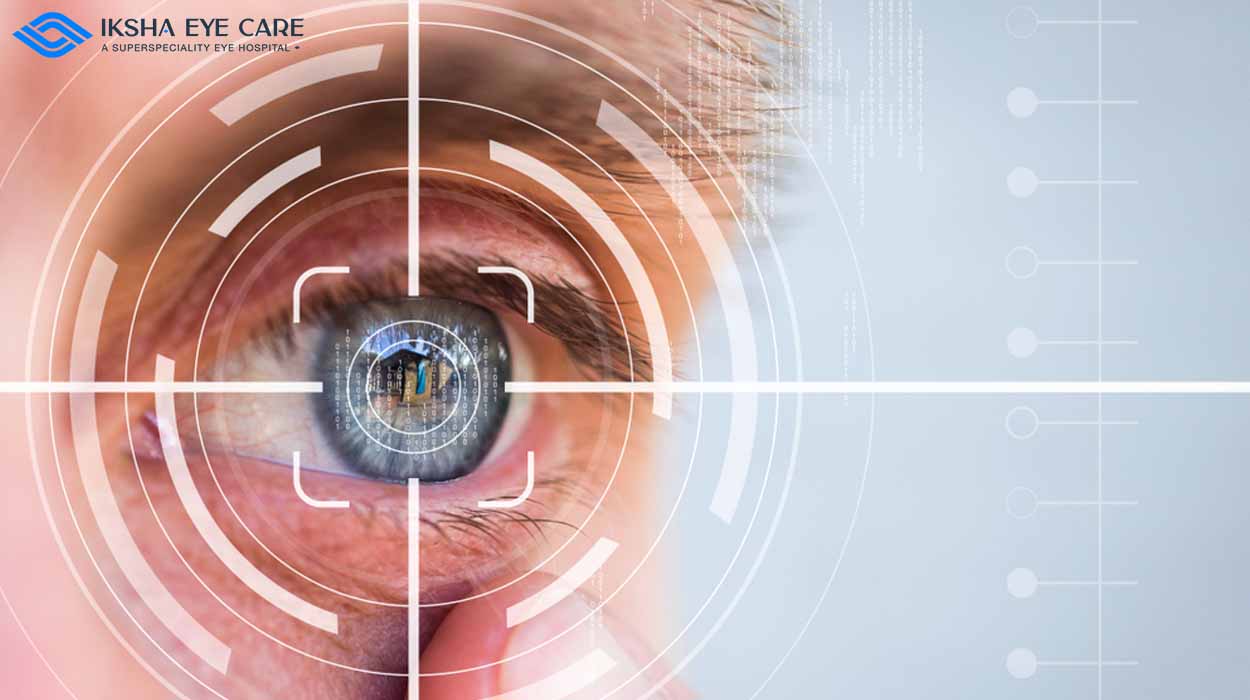Eyecare Near Me: Comprehensive and Reliable Vision Providers
Understanding the Different Eye Issues Dealt With by Specialized Eye Care Professionals
In the world of eye treatment, specialized experts play an important role in detecting and dealing with a large array of eye problems. From usual refractive errors that influence vision clearness to age-related conditions that pose challenges as we age, the know-how of these experts reaches taking care of vision-threatening diseases and elaborate corneal disorders. The intricacies of neurological eye problems present distinct challenges that require specialized care. As we start this exploration of the different eye problems resolved by specialized eye treatment specialists, it comes to be noticeable that the detailed web of eye wellness holds a myriad of remarkable understandings waiting to be revealed.
Usual Refractive Mistakes
Refractive errors are typical aesthetic conditions caused by an imperfection in the eye's capacity to appropriately concentrate light, resulting in blurred vision. Astigmatism is characterized by an irregularly designed cornea, resulting in altered or blurred vision at all distances. Presbyopia is an age-related problem where the lens loses its flexibility, making it challenging to focus on close objects.
These refractive mistakes can be fixed via different approaches, including spectacles, call lenses, or refractive surgical treatment. Eye treatment professionals play an important role in detecting and managing refractive mistakes to aid individuals attain clearer vision and enhance their lifestyle.
Age-Related Eye Conditions
As people age, their eyes may be prone to a variety of conditions past refractive errors that can affect their vision and overall eye health and wellness. Age-related eye problems prevail and can dramatically affect the lifestyle for older grownups. Among one of the most prevalent age-related eye conditions is age-related macular degeneration (AMD), a condition that causes central vision loss and can make activities like analysis and driving challenging. refractive surgeries in al. Cataracts, one more common problem amongst older individuals, create clouding of the eye's natural lens, leading to blurred vision. Glaucoma, identified by damage to the optic nerve, is likewise extra prevalent with age and can lead to field of vision loss or blindness if left without treatment. In addition, presbyopia, a problem where the eye's lens sheds versatility, is a natural component of aging and brings about trouble concentrating on close objects. Regular eye exams with specialized eye care professionals are vital for very early discovery and monitoring of these age-related eye problems to preserve vision and maintain ocular health as individuals get older.
Vision-Threatening Conditions
Vision-threatening conditions incorporate an array of serious ocular conditions that have the prospective to considerably impact a person's vision and general visual function. These conditions present a danger of permanent vision loss otherwise immediately identified and treated by specialized eye care professionals. Some usual vision-threatening illness include glaucoma, diabetic retinopathy, age-related macular degeneration (AMD), and retinal detachment.
Glaucoma is a group of eye problems that damage the optic nerve, often due to high intraocular stress, leading to peripheral vision loss and possible blindness if left untreated. AMD is a modern condition influencing the macula, leading to central vision loss.
Very early detection, routine eye examinations, and prompt intervention are critical in handling vision-threatening conditions to preserve sight and maintain lifestyle. Specialized eye care specialists play an important role in diagnosing, treating, and taking care of these problems to avoid permanent vision loss.

Corneal Disorders
Corneal problems incorporate a spectrum of conditions that impact the transparent front component Read More Here of the eye, recognized as the cornea. Therapy for corneal problems varies depending on the particular condition however may include medications, get in touch with lenses, or in serious situations, corneal transplants. Routine eye examinations are crucial for very early detection and administration of corneal conditions to preserve vision and eye health.
Neurological Eye Conditions
Neurological eye conditions involve disorders that affect the connection in between the eyes and the brain, influencing aesthetic handling and total eye feature. These problems can show up in different means, influencing vision, eye activities, and even the coordination between the eyes. One typical neurological eye condition is optic neuritis, defined by swelling of the optic nerve bring about vision loss, color desaturation, and pain with eye activity.
An additional considerable condition is nystagmus, where useful content the eyes make repeated, unrestrained motions, impacting aesthetic skill and deepness assumption. In addition, conditions like amblyopia, typically described as "careless eye," arise from uncommon aesthetic growth in early childhood, bring about lowered vision in one eye.
Neurological eye conditions require specialized care from specialists like neuro-ophthalmologists that have proficiency in both neurology and ophthalmology. Diagnosis often entails a detailed eye evaluation, imaging studies, and cooperation with neurologists to resolve the underlying neurological issues affecting the aesthetic system. Therapy techniques can include drug, vision therapy, or in extreme cases, medical treatments to manage these intricate problems properly.

Verdict
In conclusion, specialized eye care professionals treat a large range of eye problems, including typical refractive errors, age-related eye conditions, vision-threatening illness, corneal conditions, and neurological eye problems - refractive surgeries in al. By comprehending these different problems and seeking appropriate treatment from resource eye treatment professionals, individuals can preserve optimum eye health and wellness and vision. It is necessary to focus on routine eye evaluations and follow recommended therapy plans to protect and safeguard one's vision for the future